
Aquatic invasive species (AIS) have devastating environmental and economic impacts on businesses, communities, and native species populations. Most invasive species do not have predators to keep their populations in balance and once introduced, are difficult if not impossible to eradicate. Unfortunately, many invasive species such as bluegill, black crappie, bullhead catfish, large and small mouth bass, Asian clams, Eurasian watermilfoil, and curly-leaf pondweed have already been introduced into Lake Tahoe.
Tahoe RCD works to prevent the introduction of new invasive species, educate the public on AIS, control existing populations of AIS, and monitor for new populations around the Lake. Tahoe RCD is the co-chair of the Lake Tahoe Aquatic Invasive Species Coordination Committee (LTAISCC), designed to collaborate on prevention, control, and early detection of AIS. The LTAISCC shares resources and information, standardizes methods for treatment and data collection, performs coordinated education and outreach activities, prioritizes projects, obtains grants, and organizes effective control efforts.
Prevention and Education are performed primarily by the Prevention Program through watercraft inspections and outreach campaigns. Control and Monitoring are performed by the Control Program.
The Control program works with public and private partners to remove populations of Eurasian watermilfoil (Myriophyllum spicatum) and curly-leaf pondweed (Potamogeton crispus). Future project will target invasive fish species throughout the Tahoe Region. Target invasive fish species that are present in Lake Tahoe are: Smallmouth bass (Micropterus dolomieu), Largemouth bass (Micropterus salmoides), Bluegill (Lepomis macrochirus), Black crappie (Pomoxis nigromaculatus), Brown bullhead (Ameiurus nebulosus), and Goldfish (Carassius auratus).
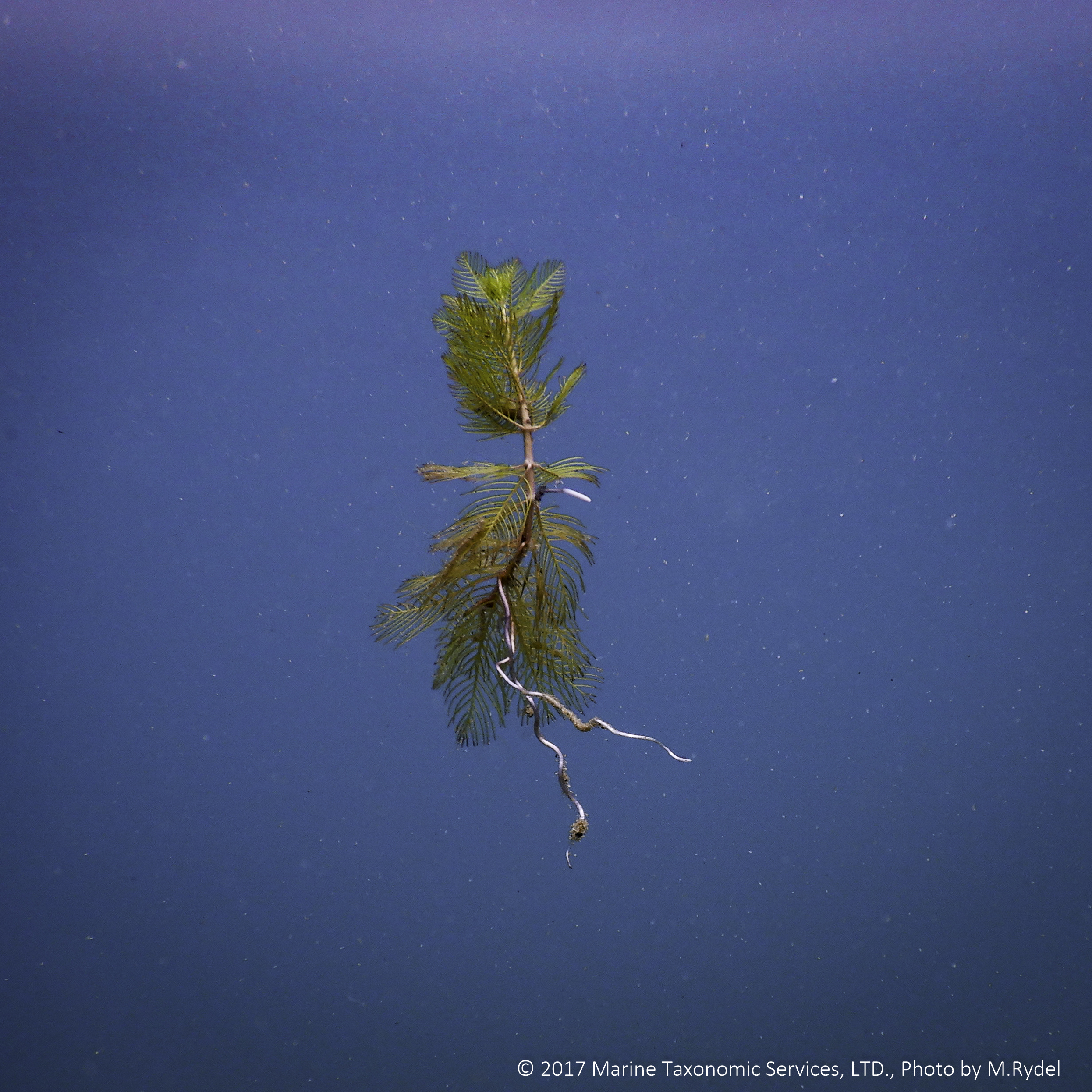
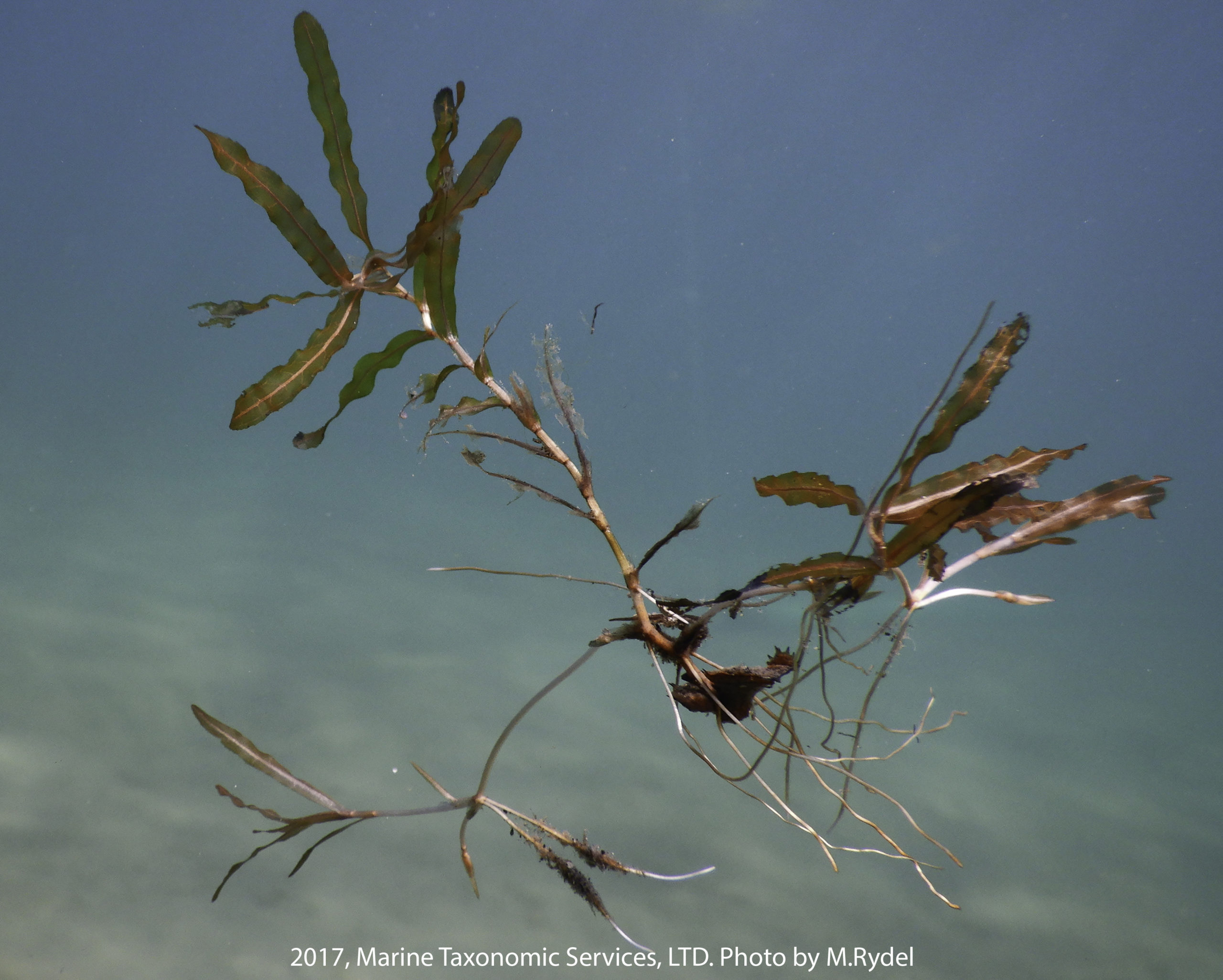
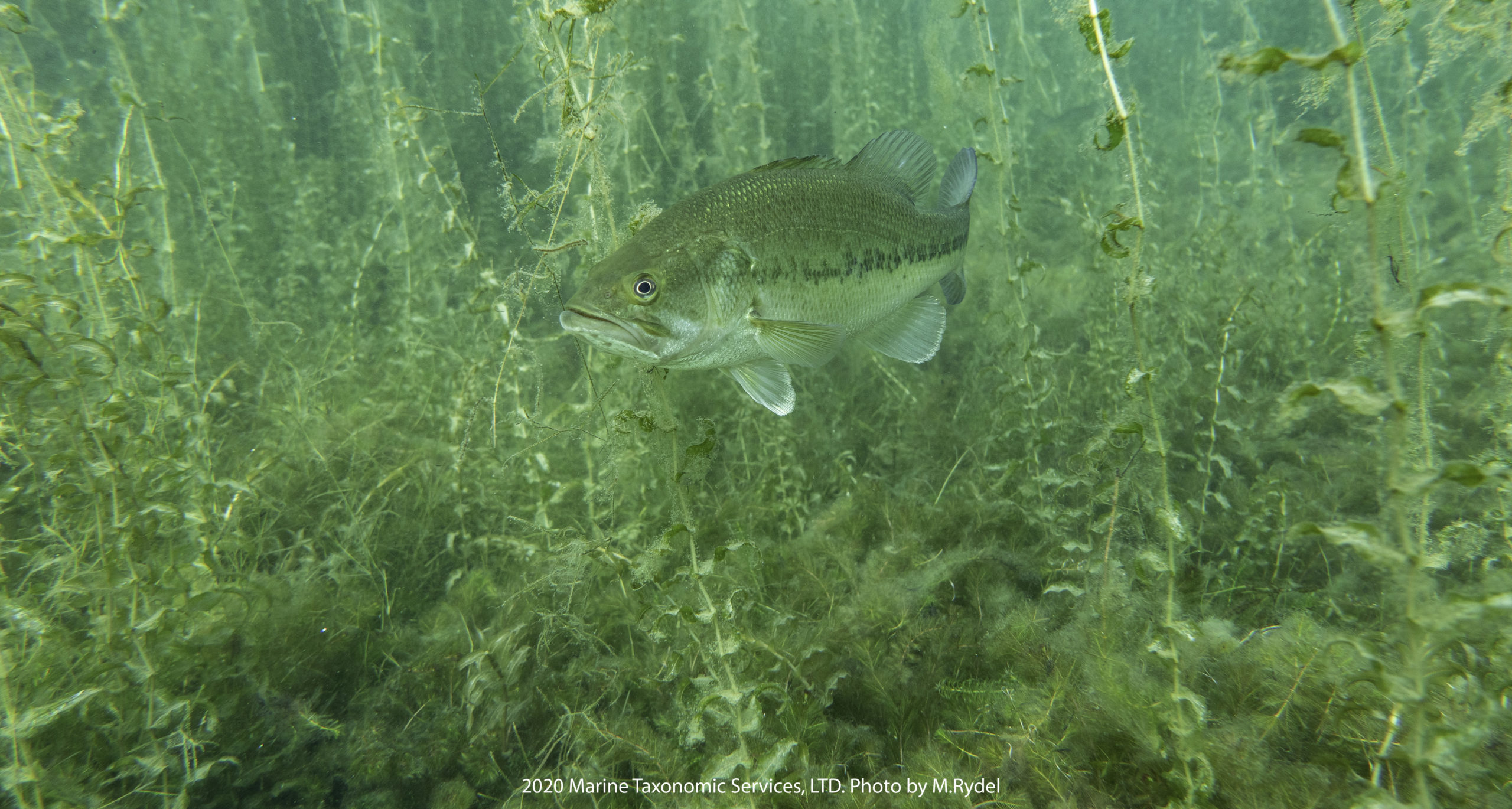
The Prevention program works to prevent all invasive species from entering the lake. This helps to prevent new invasions and the spread of existing AIS. Of the species not currently found in Lake Tahoe, the biggest threat is posed by quagga mussels (Dreissena rostriformis bugensis), zebra mussels (Dreissena polymorpha) and New Zealand mudsnails (Potamopyrgus antipodarum).
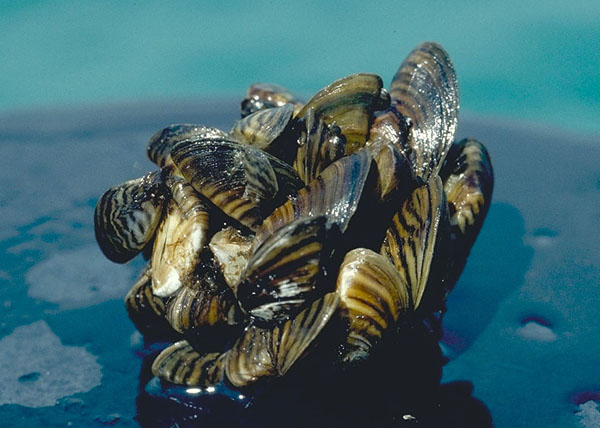
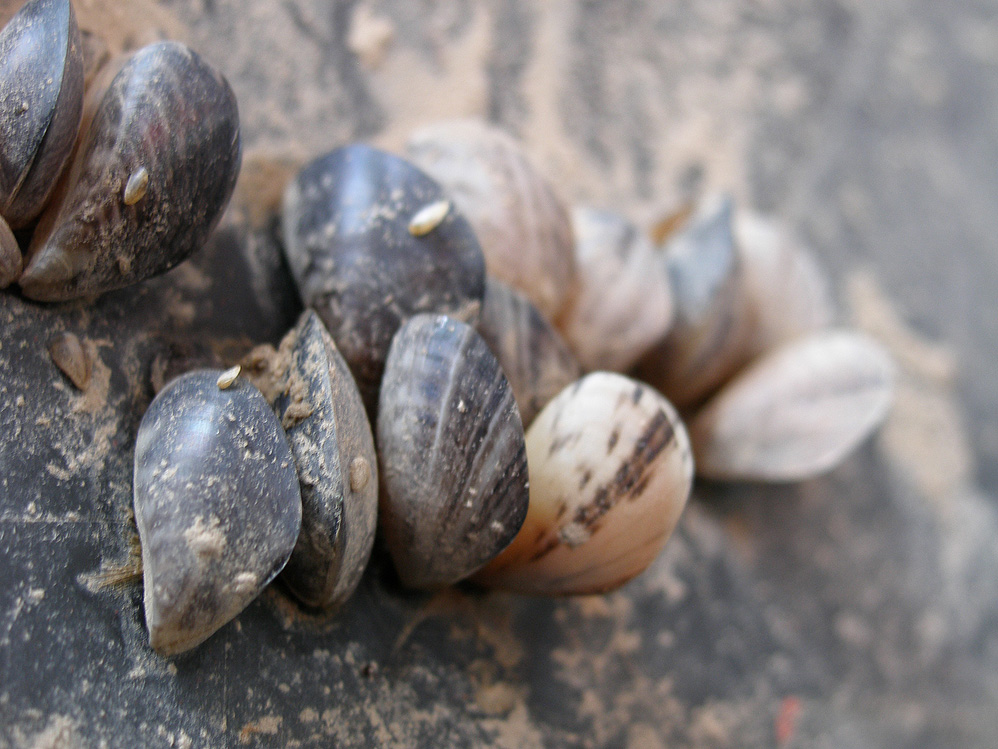

Invasive species such as quagga mussels, zebra mussels, Asian clams, and New Zealand mudsnails should not be confused with our native aquatic mollusk species. The Western pearlshell mussel (Margaritifera falcata) and the Great Basin rams-horn snail (Helisoma newberryi), shown below, are native to the Lake Tahoe basin and an important part of the local ecosystem. If you observe these species, please do not handle or disturb them.
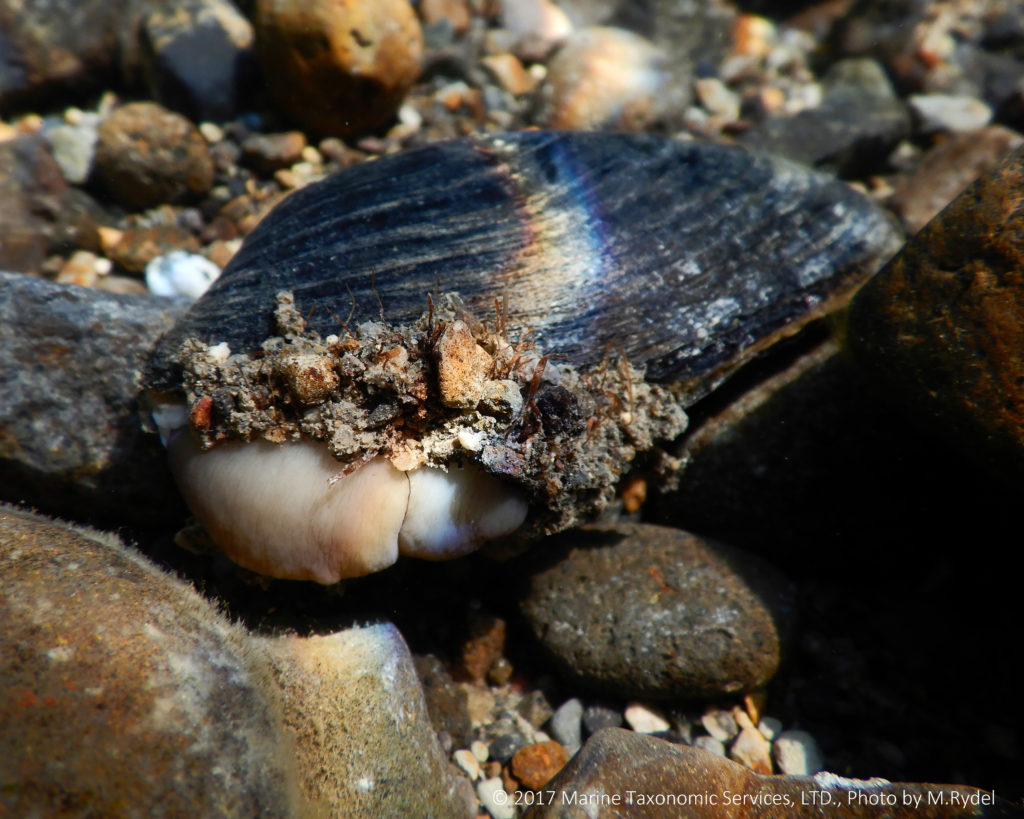
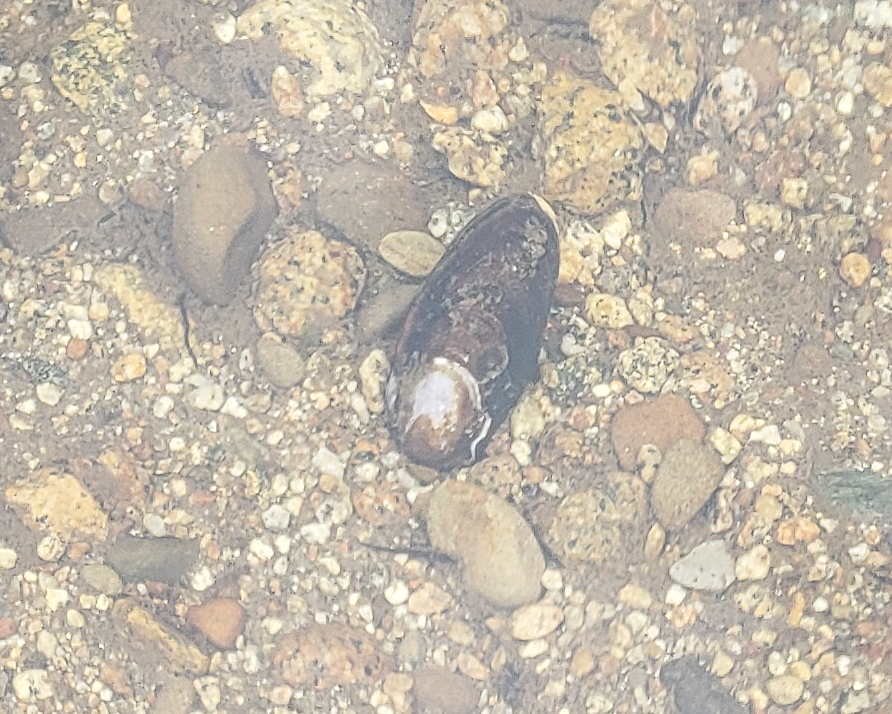
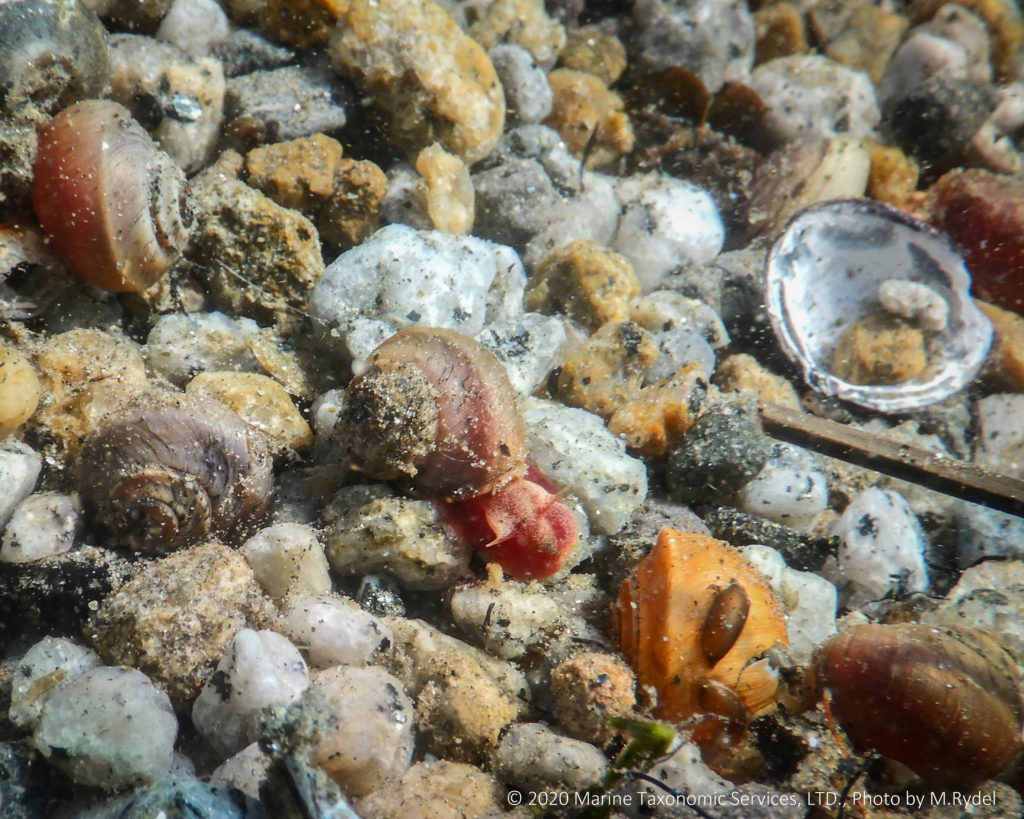
Watercraft are the largest vector for spreading aquatic invasive species (AIS) into new waterways. Mandatory inspections stop aquatic invasive species, […]
Learn MoreEarly detection, prevention, and control are the best defenses against AIS and offer the best hope for successful management of aquatic invasive plant infestations in Lake Tahoe.
Learn MoreTahoe RCD leads aquatic invasive plant (AIP) control efforts in the Lake Tahoe Basin and continually seeks innovative technologies and methods to improve treatment efficacy and efficiency.
Learn MoreLake Tahoe Aquatic Invasive Species Program Environmental documents, planning documents, and other resources. If you have issues accessing or reading […]
Learn More